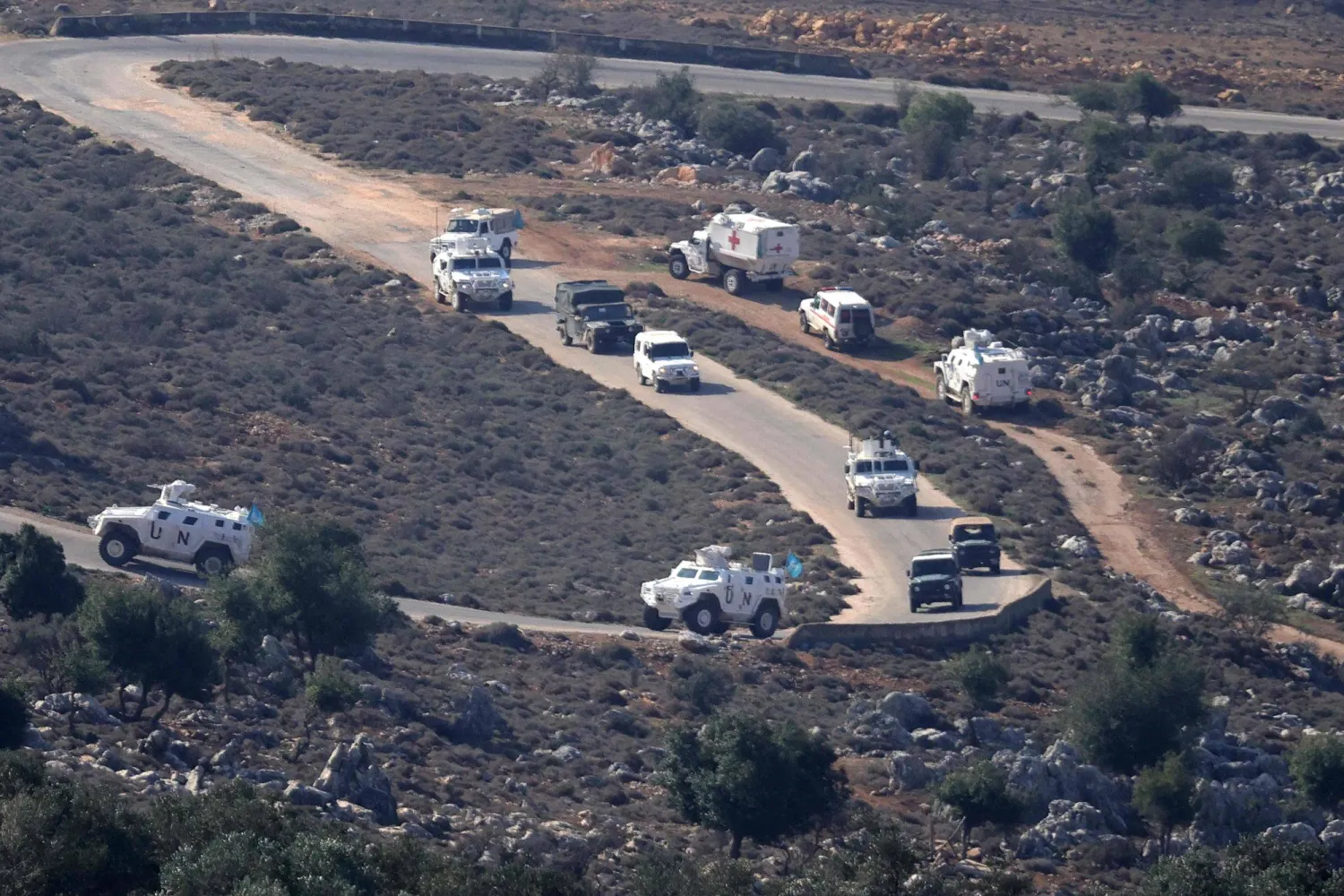The Syrian Army and Russian forces are stepping up efforts to restrict the activities of Hezbollah and Iranian militias in Syria. This move aims to prevent Israel from using the situation as a reason to expand its conflict with Hezbollah in Lebanon to Syria.
Local sources in the southern Daraa province told Asharq Al-Awsat that the Syrian Army and Russian forces have banned the presence of any Lebanese refugees or vehicles with Lebanese license plates in the Yarmouk Basin area.
This region is in western Daraa and borders the ceasefire line between Syria and Israel.
The directive affects all villages in the Yarmouk Basin.
Sources stated that the Syrian government's strict measures in Daraa are not just limited to villages near the ceasefire line; they apply across the entire governorate.
Military and security forces are conducting detailed inspections of Lebanese vehicles entering areas far from the ceasefire line.
The new directive comes amid increasing concerns that Israel’s war against Hezbollah in Lebanon may spread to Syria, prompting Damascus to take precautions.
This follows a recent Israeli incursion into agricultural land within the Syrian buffer zone, where they cleared land to build a security fence.
The goal is to prevent Hezbollah and Iranian militias from entering the occupied Golan Heights, as seen in recent incidents in villages in the Quneitra governorate.
Local sources said Russian forces recently conducted thorough inspections of the hills in the Yarmouk Basin to ensure no Hezbollah or Iranian militias were present.
It is believed that they may have notified Israel about the situation. Additionally, Russian and Syrian army units have stepped up their joint patrols in most areas of Daraa, particularly in the west.
Local residents expressed relief after the new directive was issued, with one stating, “No one in the area wants the future to look like what is happening in Lebanon.”
The UK-based Syrian Observatory for Human Rights said Syrian and Russian forces are holding joint military exercises along the ceasefire line at the border with the Golan Heights.
These drills are intended to strengthen their presence in the region and deter any incursions by Israeli forces or Iranian militias, including Hezbollah.
Russian forces are positioned at 17 sites near the occupied Golan Heights across the governorates of Quneitra, Daraa, and rural Damascus.









